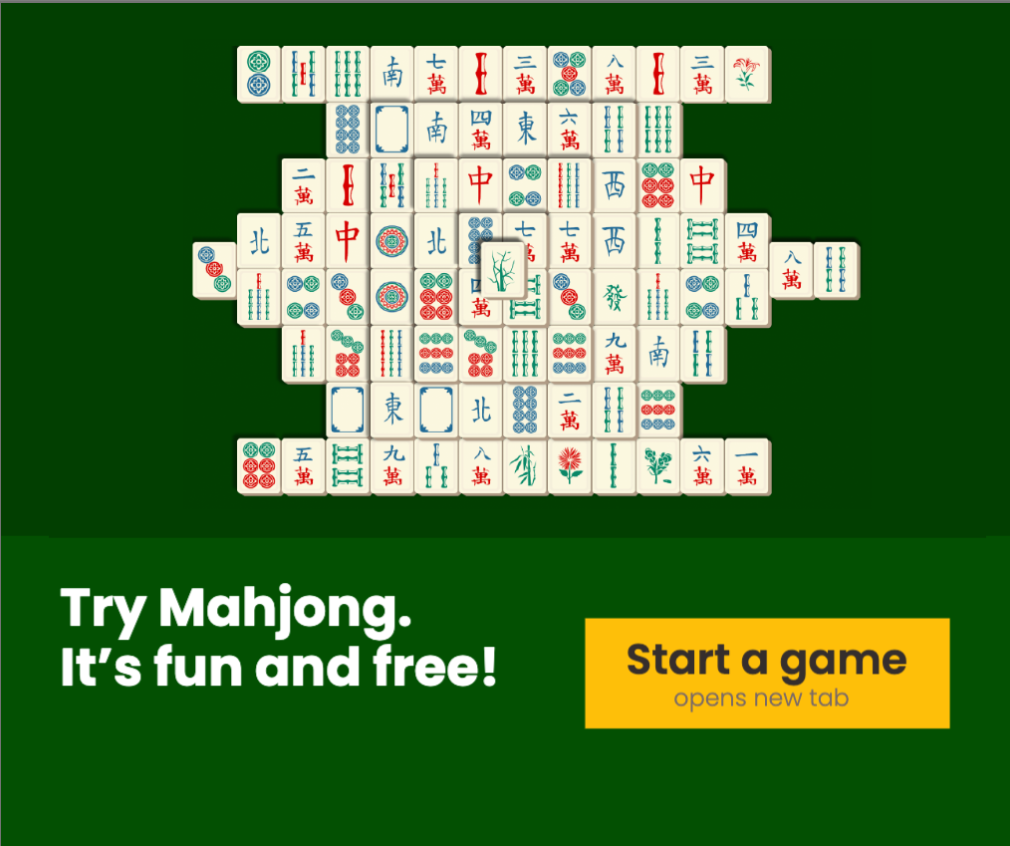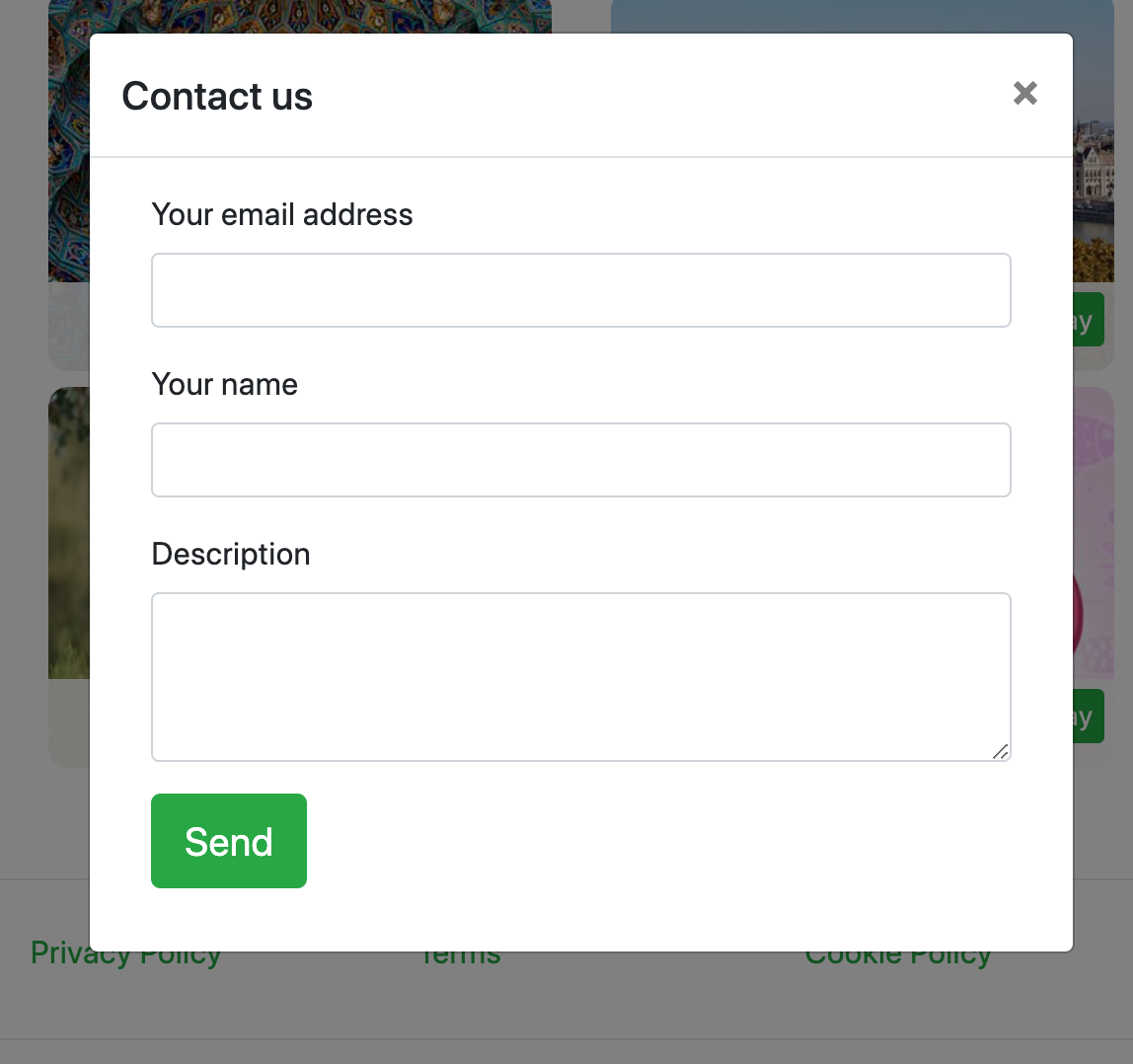As entrepreneurs or project leaders, we always wish there were a way to see into the future and determine whether a decision is the right one. Well, I don’t have a crystal ball, but I do have the next best thing: painted door tests.
The traditional painted door test is a way to quickly see whether a product feature is worth implementing by building a non-functional version and seeing how many users engage with it. Think: a button that promotes a feature but leads to a “coming soon” landing page instead of the actual feature. Instead of building a real door, you paint a door and see how many people try to use it. That helps you determine if you should actually build it.
Streamline your business operations
I’ve written extensively about how painted door tests have saved me and my co-founder a lot of grief in the product development process. But we find them so valuable that we’ve taken the ethos of the painted door test outside of the product world, using it to make decisions on everything from marketing strategy to hiring.
Here are a few non-traditional ways you can implement this strategy across all areas of your business to peek into the future and ensure you’re making the smartest decisions possible.
1. The painted payment processor test
Seeing if users will click on something is one thing—seeing if they’ll pull out their wallet is an even more compelling indicator of whether this direction will be successful for your business.
At my company, Unwind Media, which builds classic games online for brain training, we wanted to explore whether users would be interested in a feature where they could make wagers on games. We could have just added a fake “make a wager” button; instead, we asked users for their credit card information to make the wager. We didn’t actually charge anything—once they submitted, they got a notification saying that the feature wasn’t enabled yet—but it showed us whether they truly had intent to buy.
If we didn’t test it this way, we would have had to spend months or years doing user research, hiring lawyers to understand gambling laws in different states, and building the technology. Instead, we spent four days building a test—and learned not enough of our users were interested to justify building the feature.
You obviously don’t want to do anything shady if you go this route. Don’t store any information, and make it abundantly clear to users that they haven’t been charged anything and that their information is safe.
2. The painted product positioning test
Figuring out the most compelling way to frame your product for marketing can be challenging, but there’s a painted door approach: allocate a small budget to test different options on an ad platform, and see which gets the most engagement.
When determining the best SEO positioning for our websites, we ran a few Google ad campaigns with different titles and descriptions, then measured click-through rates to decide which of those keywords to use for organic search. We’ve taken a similar approach when trying to decide on the best plan for a major email push or ad campaign, running a small test on Facebook ads first to determine the most engaging copy.
You really don’t have to spend a lot of money to make this effective. We’ll usually allocate about $100 to $300 for each test, and within days, we know which positioning will help us be most successful with our positioning.
3. The painted ad test
When it comes to product decisions, most painted door tests happen within your website, among existing users. But what if you wanted to see whether a new product or feature would help you attract new users? That’s another opportunity to spend a small amount on ads for big insights into where to put your resources.
When considering new games to add to our Solitaire Bliss platform, we’ll run small ad campaigns for the different options, which lead people to a landing page encouraging them to sign up to be notified when the game is available. The games that get the most clicks and signups are the ones we prioritize building.

For even more data, you can combine this test with a classic painted door test on your own site. That way, you’ll understand whether the new offerings you’re considering will help keep existing users happy and bring some new customers in the door.
4. The “close the door” test
Temporarily shutting down a feature and seeing what happens can be just as instructive as creating something new, helping you ensure you aren’t wasting precious resources on something that’s not impacting—or is maybe even harming—your business.
We experienced this firsthand when we decided to test removing the help center from one of our sites, Im-a-puzzle, instead encouraging customers to reach out to us directly with their problems and questions. After doing this, we found that the personalized interaction helped improve our customer satisfaction score by 20 percentage points. Now, instead of spending time keeping a help center updated, we know it’s better to reallocate that to answering customer emails quickly.

Obviously you don’t want to shut anything down that disrupts your core user experience. But if there are features that seem to be causing your team more trouble than they’re worth, flip them off for a couple weeks, and see what happens.
5. The painted employee test
Using contractors is a common way for growing businesses to save money, but we’ve also found it valuable in a painted door capacity, allowing us to test what full-time roles we really need—and whether someone is the right fit—before hiring them.
When we were looking to add a marketing role to our team, we initially thought expertise in SEO was the biggest skill we needed. Thankfully, we decided to start by working with expert contractors across several specialties, and we found that paid social media marketing was actually a much stronger growth area. Now, we can hire with confidence, knowing we aren’t going to have to let someone go in a few months because we realize their expertise isn’t a fit with our needs.
Before you go through the time and monetary cost of bringing someone onto your team full-time, consider if there are ways you can test the waters, either by bringing the prospective employee on for a few months on a contract, or working with several freelancers part-time first.
This barely scratches the surface of the ways you can use the philosophy behind the painted door test across all aspects of your business. Anytime there’s a big choice ahead of you, ask yourself: is there a quick way I could test this out? Finding ways to gather more information to verify your idea—or to fail fast—can only help in feeling more confident that your decisions are the best ones.
This was a guest post from Neal Taparia, founder of Imagine Easy Solutions, SOTA Partners, and Solitaired. Want to see your work on the Zapier blog? Read our guidelines, and get in touch.
[adsanity_group align=’alignnone’ num_ads=1 num_columns=1 group_ids=’15192′]
Need Any Technology Assistance? Call Pursho @ 0731-6725516




